Platform engineering is an emerging trend, especially in the cloud-native world. According to a recent report by CloudBees, 83% of the surveyed enterprises have made significant progress in adopting Platform Engineering in their development cycles.
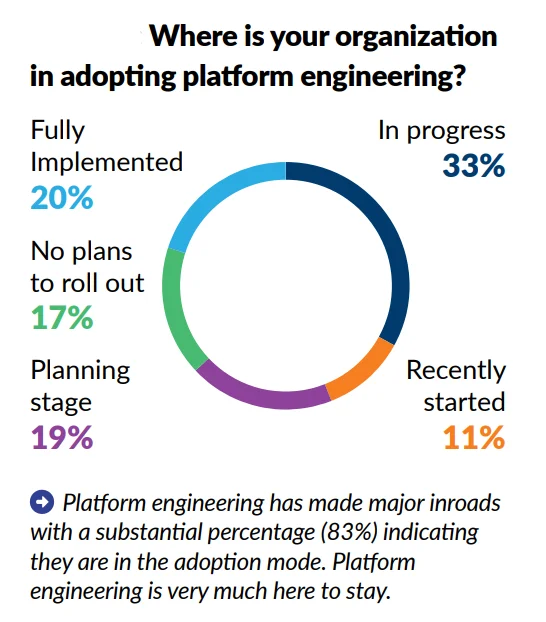

And the impact of it has been more evident in the key areas of application development. The same survey lists the top 5 goals that organizations have with their Platform Engineering implementation.
Interestingly, it addresses all the major pain points that have been plaguing engineering teams as DevOps failed to standardize CI/CD pipelines. It became increasingly difficult for organizations to manage multiple infrastructures within different application development streams.
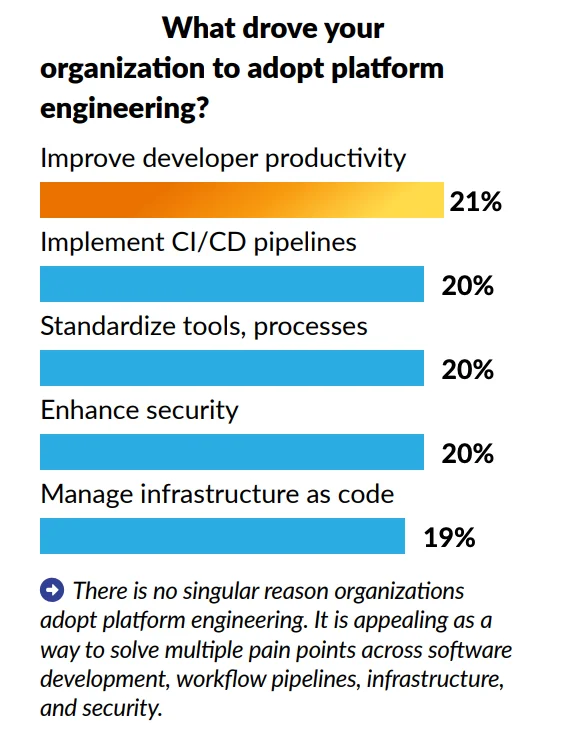

How Kubernetes led the way
Kubernetes has been at the forefront of all Cloud-native development. The Kubernetes ecosystem has been pivotal in helping Platform engineering teams improve the developer experience by simplifying the highly complex web of toolchains and their incompatibilities.
A survey of Platform Engineering practitioners showed exactly that. Kubernetes is among the top focus areas as companies are quickly ramping up Platform teams to improve developer productivity.
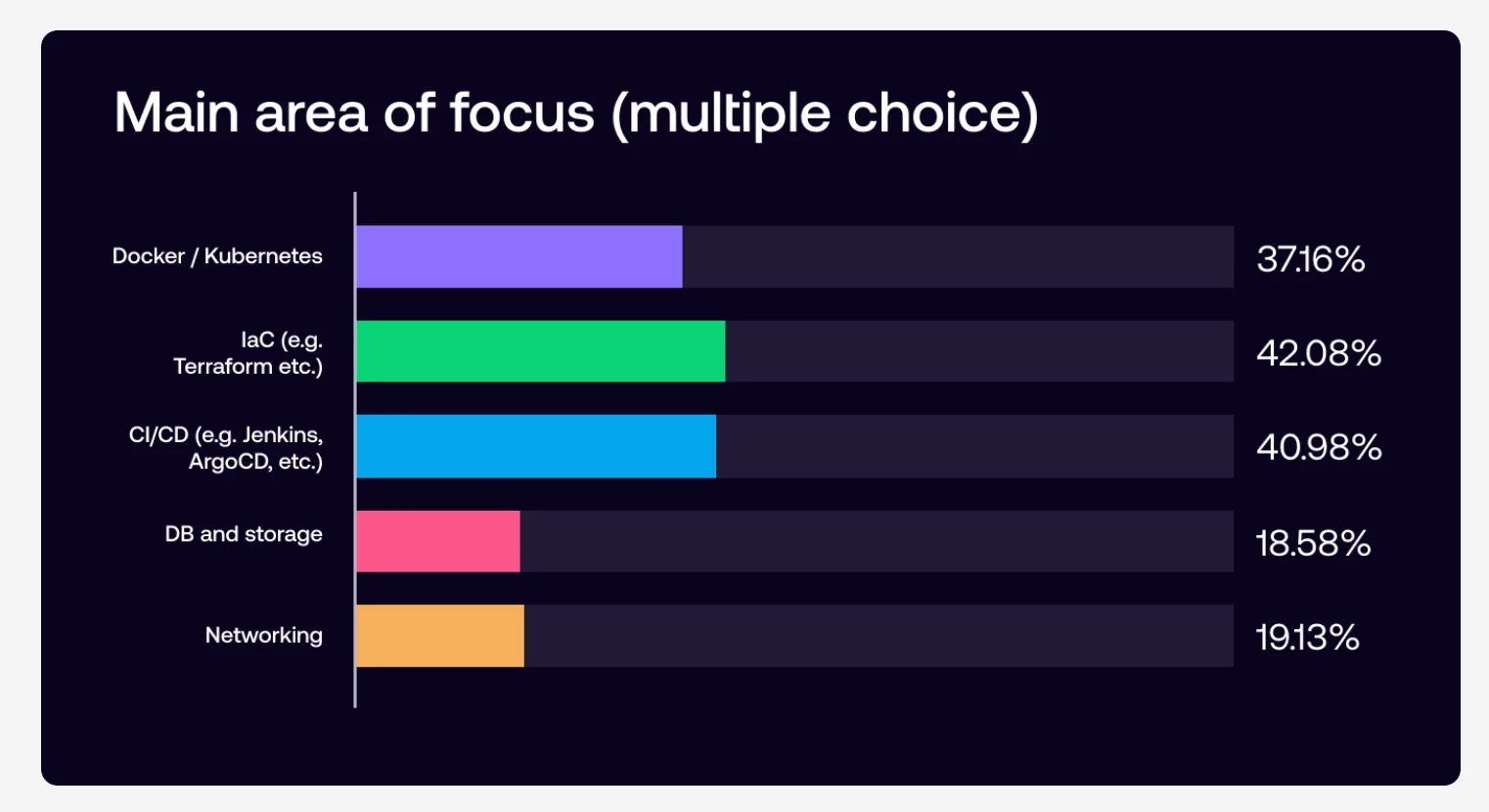

In this blog, you will understand everything you need to know about Platform Engineering as a field to get started. And then, we will explain how you can use Kubernetes to build a strong Platform foundation for all Cloud-native development needs.
Introduction to Platform Engineering
Before we get into the details of how Platform Engineering is transforming the Cloud-Native landscape, let’s understand the field of Platform Engineering and why it is required.
What is Platform Engineering?
Platform Engineering is the practice that focuses on improving developer experience by creating a platform for self-service capabilities for operational needs in an application lifecycle while complying with all security requirements.
It aims to provide an “Internal Developer Platform” that will have all the toolchains and workflows to deliver the operational requirements to the application developer via self-service.
A question might arise here: isn’t DevOps the same thing? What new problem is Platform Engineering solving? Let’s address that before we go further.
Why is Platform Engineering required?
Irrespective of the kind of application being developed in the organization, every application stack needs a security setup, a monitoring workflow, a CI/CD pipeline, a runtime environment, and an underlying infrastructure.
Different application teams may choose different tools for each layer depending on their preferences, the development team’s capabilities, or even time constraints.
Over time, DevOps engineers would have a different infrastructure stack for different app team needs. This can quickly complicate the number of application stacks that the DevOps team has to manage and introduce new incompatibilities in the system.
Now, when you add costs of maintaining security, compliance and incompatibilities within toolchains – it can lead to a huge increase in the engineering costs. In the long term, this becomes unsustainable for any business.
The idea of Platform engineering is to design standardized self-service capabilities for the development teams, so that they can focus on the primary goal of the business – application development.
How is Platform Engineering different from DevOps and SRE?
Whether it is DevOps, SRE or Platform Engineering – the goal remains the same – to make software development faster and more efficient. With that primary goal in mind, Platform Engineering takes the DevOps/SRE concept further by establishing new rules and bringing in more standardization. Platform Engineering also reduce the number of engineers required in a software project.
Unlike in DevOps, the introduction of platform for all development needs, reduces the skills a developer/DevOps engineer has to learn to create the custom workflows in each project. The Engineer must understand nuances of Infrastructure, Runtime environments, CI/CD pipelines, monitoring tools and security systems before getting into the actual app development.
In Platform Engineering, work is now done by the platform team who creates a standardized workflow for each project. So, the developer has more time and energy to focus on the application development.
This means, while DevOps and SRE focus on efficiencies in each of the specific App development cycle. Platform engineering focuses on overall efficiency, even if it is at the cost of finer optimizations in individual application development cycles.
In the long term, Platform Engineering simplifies the Software Development Life Cycle in the overall organization. Where as, DevOps focuses on creating and improving custom workflows to achieve the highest efficiency in each cycle. This increases the complexity manifold and requires many more engineers to maintain the same level of efficiency.
Internal Developer Platform (IDP)
So, we talked about Platform engineering bringing consistency and standardization to all layers of an infrastructure stack. But then how does a developer who, say, needs a Kubernetes cluster with Jenkins CI/CD pipeline get one?
This is where the Internal Developer Platform comes into play. Platform engineering essentially creates a self-service platform for developers to request different standardized resources from the infrastructure. This could be through a UI or, say API calls.
Implementing IDP with Kubernetes
Here is how an Internal Developer Platform (IDP) would look with Kubernetes. The Platform team would pick appropriate tools from the CNCF landscape. The platform team will also create APIs to help application development teams to access these resources without engaging with the platform team.
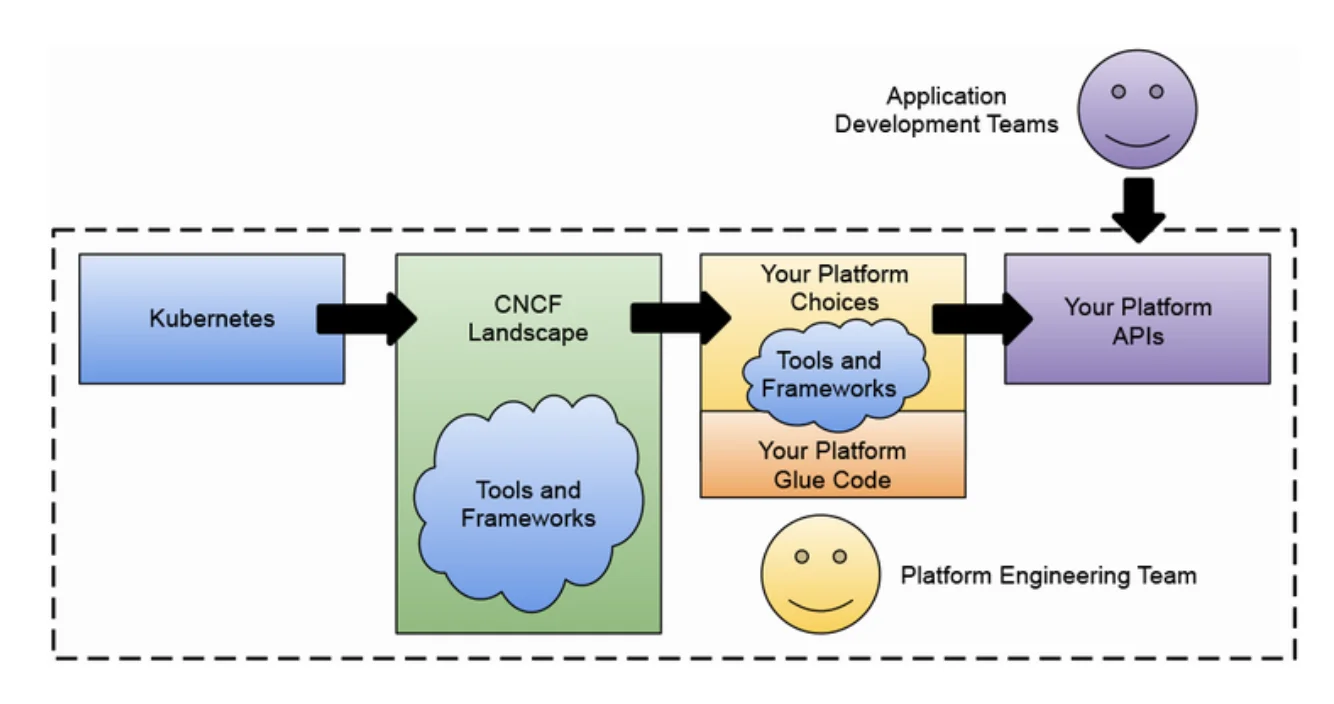

Kubernetes’ robust orchestration capabilities and flexible architecture aids in creating this IDP as an abstraction over the deployment intricacies.
Leveraging the Kubernetes ecosystem for Platform engineering needs
CNCF whitepaper on platforms define the goals of a robust platform. It is worth a read. This can act as a guide on how to design, develop and implement an IDP in your organization. Here is a highlevel architecture of how an IDP would function with the rest of system and the capabilities it would have.
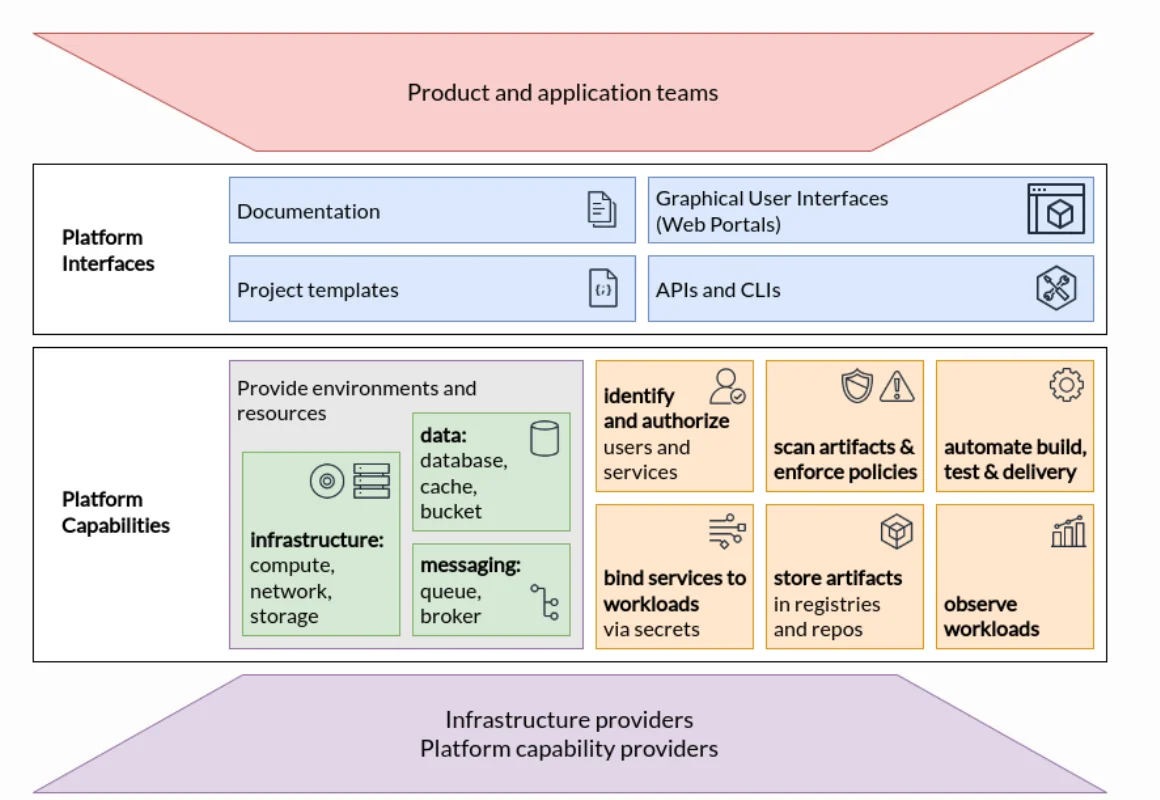

There are many benefits of using Kubernetes ecosystem for building an IDP for Cloud-Native deployments. Here are some of the prominent benefits:
Architecture and Tooling
Any IDP is only as good as its implementation. For the platform to work well, the architecture design and tools selection has to be done thoughtfully. Kubernetes allows platform to adopt a modular, microservices architecture and take benefit of many complementary tools in the CNCF landscape, thereby removing incompatibility issues. It also helps in creating a robust security and compliance framework around all the tools deployed in the IDP.
Seamless deployment and orchestration
Kubernetes’ quick orchestration capabilities help in seamless deployment and scaling of microservices-based applications. Its rolling and blue-green deployments help maintain continuous delivery and reduce systemic risks during security updates.
Kubernetes also works seamlessly with hybrid and multi-cloud environments. This means it is built for efficient workload distribution and resource utilization.
Enhanced Scalability and Reliability
With Kubernetes, organizations can achieve unparalleled scalability and reliability. Its self-healing capabilities and automated resource management minimize downtime and optimize performance without a lot of manual intervention from the platform team.
These inherent advantages make Kubernetes the best choice to build platforms for Cloud-Native deployments. Let’s now look at what are the newest trends in platform engineering and how you can stay up to date with it.
Emerging Trends in Platform Engineering
By now, you would also be clear about the direction in which enterprise software development is heading. DevOps will definitely not remain as it has been for years now. In fact, Puppet’s 2023 DevOps Report talks about how DevOps will evolve into one with self-service capabilities.
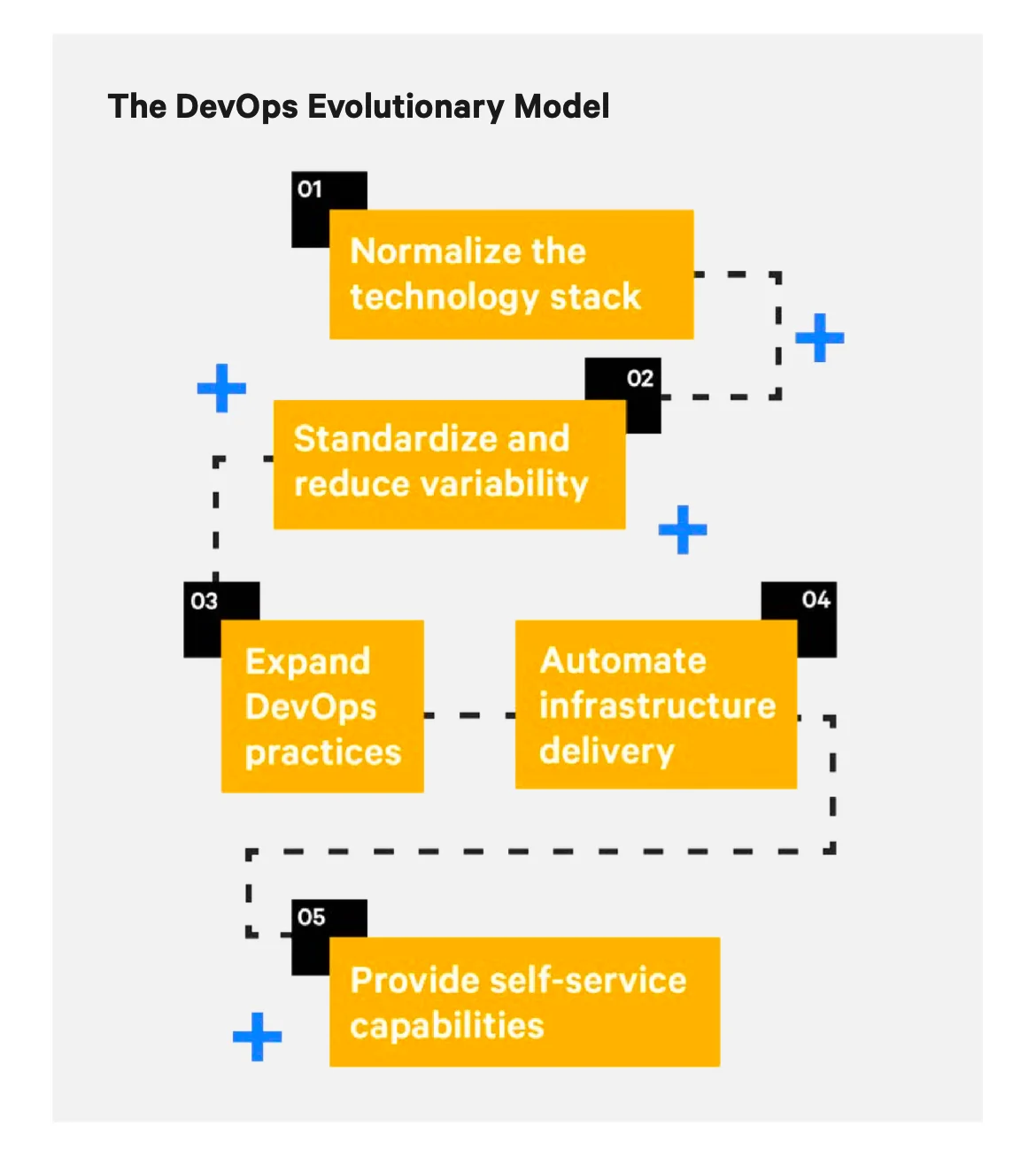

Netflix has spoken about how it transitioned into a Platform Experience and Design model to streamline hundreds of tools that the developers were struggling to use effectively. Today, Netflix Internal Developer Platform has proven to improve developer productivity and help reduce inefficiencies in the development workflows.
We can surely expect more and more companies to adopt Platform Engineering capabilities and implement their own IDPs in their organizations. Kubernetes ecosystem with its inherent platform advantages will be leading the way in the adoption of Platform Engineering initiatives.
Taikun is Redefining Kubernetes Management
This is a great segway into what we do. Our product Taikun CloudWorks is a UI-based tool that takes care of all the complexities of Kubernetes management and gives you control over a highly intuitive dashboard.
Within a few minutes, you can get up and running with your first IDP on Kubernetes using the Taikun dashboard.

Taikun CloudWorks integrates with eight different of cloud platforms – On-prem, hybrid, private or public. It has built-in, on-demand, self-service capabilities for resources. So, you do not have to start from scratch.
The large application marketplace in Taikun helps you automate the build, deployment, and management of Kubernetes clusters and applications.
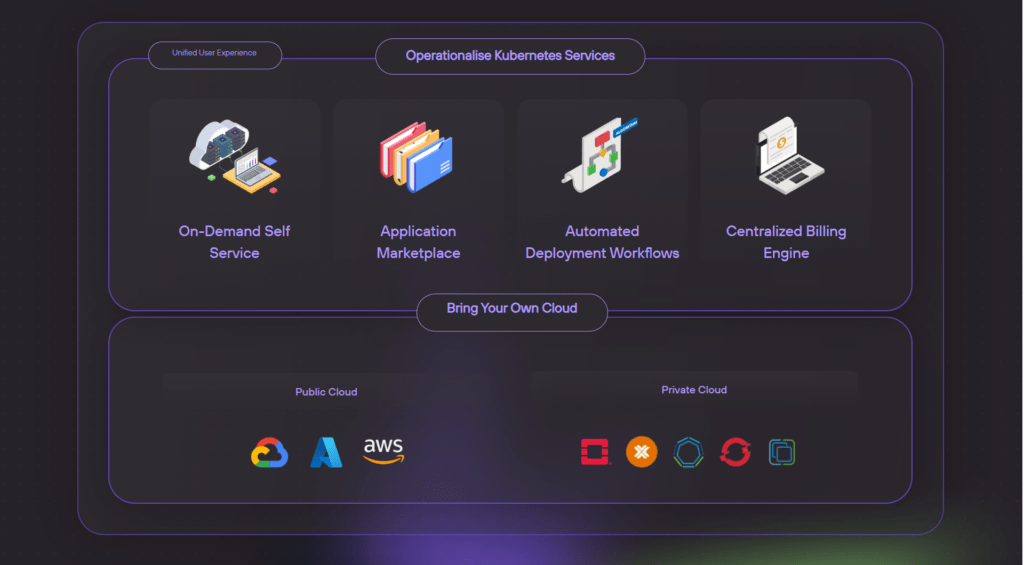

You can sign up at Taikun.cloud and start your platform engineering journey today.
If you have questions, let’s talk! Schedule a demo with us and we will help you quickly start your Platform Engineering journey with Kubernetes.





